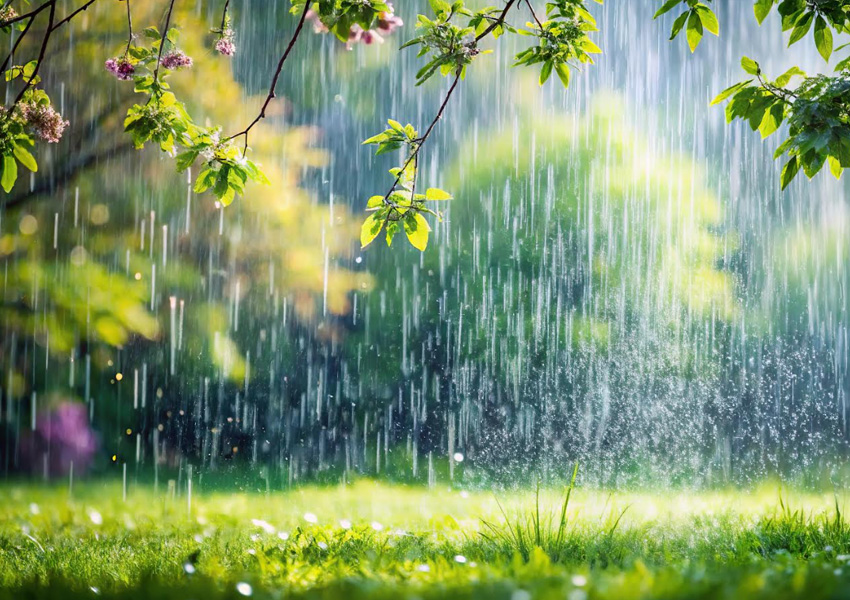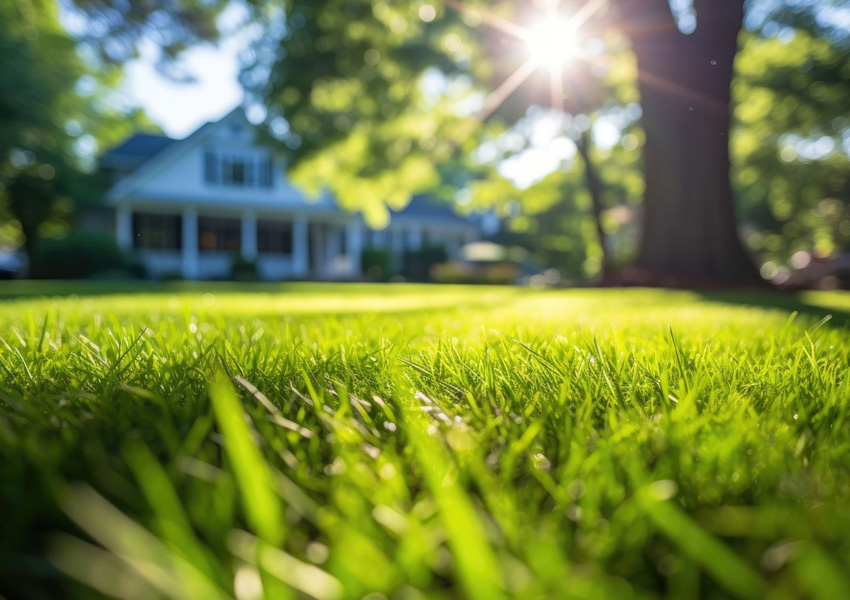
Spring is here, and that means it’s time to wake up your irrigation system after a long winter. But before you dive into your seasonal inspection and startup, take a glance at the weather forecast. If rain is on the way – or the ground is already soaked – it’s probably best to hold off. While a little water might seem harmless (ironic, considering we’re talking about irrigation), rainy conditions can actually make the job a whole lot harder, less effective, and potentially even damaging.
Here are eight reasons why inspecting and starting your irrigation system in the rain or on saturated ground is more difficult – and why waiting for dry weather is worth the patience.
- Leaks Are Harder to Detect
One of the main goals of a spring irrigation inspection is to identify leaks in lines, valves, or sprinkler heads. But when rain is already falling – or the ground is wet from a recent storm – it’s nearly impossible to tell if the water pooling on the surface is from a leak or just part of the weather. Small leaks can be completely hidden, delaying repairs and wasting water later on. - System Performance Is Skewed
Rainfall adds extra water to the landscape, which makes it difficult to test how effectively the irrigation system is performing. It’s harder to judge if all zones are reaching their intended coverage, and any adjustments you make based on wet conditions could lead to uneven watering once things dry out. - Saturated Soil Masks Drainage Issues
If you’re trying to identify low spots, pooling, or poor runoff from your system, soaked ground won’t tell you much. Everything’s already waterlogged, so you can’t tell what’s a real drainage issue and what’s just the result of Mother Nature dumping water everywhere. - Electrical Components Are at Risk
Irrigation systems often rely on electrical components like control panels, valve wiring, and rain sensors. Working with these in wet conditions increases the risk of short circuits or corrosion. At best, this could cause your system to misfire. At worst, it could create a safety hazard for whoever’s doing the work. - Muddy Conditions Complicate Access
If your lawn is soft and soggy, walking or driving over it can damage the turf and compact the soil. Not only does this make the property look worse, but compacted soil also reduces water absorption and root health – basically working against everything your irrigation system is designed to do. - Sprinkler Head Issues Are Tough to Spot
In dry conditions, it’s easy to spot a clogged, misaligned or broken sprinkler head based on spray pattern or lack of coverage. When it’s raining, however, everything’s already wet, and those subtle signs are easily missed. You could go through the whole system and never notice that a head isn’t working right. - Slip Hazards Increase
Wet grass and muddy surfaces increase the risk of slips and falls for anyone performing the inspection. Whether you’re a homeowner or a professional tech, safety becomes more of a concern when footing isn’t stable. And no irrigation job is worth a sprained ankle. - Time and Cost Inefficiencies
All of these issues add up to one thing: inefficiency. Whether it’s missed problems, the need to redo inspections, or the extra time spent working in more difficult conditions, doing the job in the rain usually means doing it again later. That means more time, more labor, and more cost – something no one wants to deal with.
Bottom line: Wait for a dry day.

It may be tempting to knock out your irrigation startup early, especially during a busy spring season. But tackling the job in wet conditions often leads to half-complete inspections, missed issues, and avoidable damage. Waiting for dry weather ensures a more accurate, efficient and safer process, giving your landscape the best shot at staying healthy all season long.
Need help with your irrigation startup when the sun comes out? Our highly experienced, thoroughly trained, fully insured technicians will make sure it’s done right the first time. At Carney Irrigation & Lighting, our mission is to make beautifying and maintaining your landscaping as stress-free, efficient and effortless as possible.
Contact us today with any questions or to request a free estimate.
